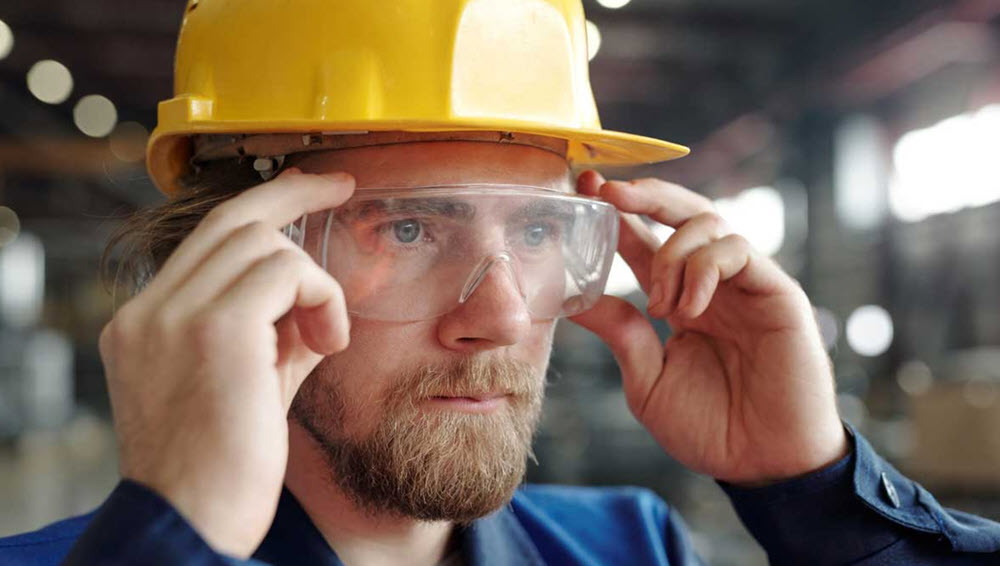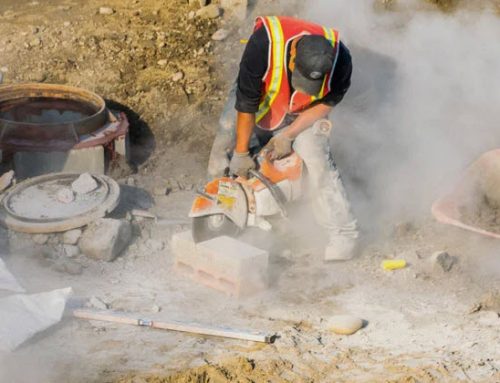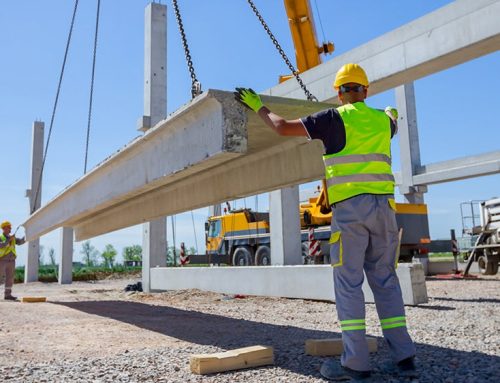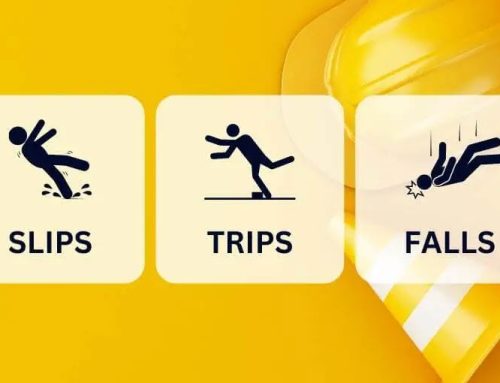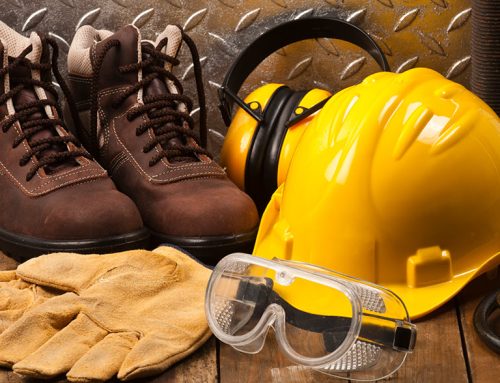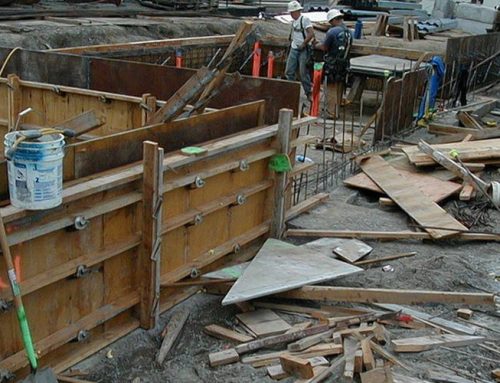The eyes are among the most vulnerable organs in the human body, yet they are often exposed to hazards in the workplace. From flying debris and chemical splashes to intense light and dust, risks to eye health are present in many industries, particularly construction, manufacturing, laboratory work, and engineering.
An eye safety toolbox talk offers a focused and practical way to educate workers about these dangers and how to prevent injury. Delivered correctly, it can significantly reduce the risk of eye-related incidents on site. Below, we outline the key areas that such a talk should cover to make it both efficient and effective.
Understanding Eye Hazards at Work
A good eye safety toolbox talk should begin with a clear explanation of the common hazards workers may encounter. While some risks are obvious, others can be more insidious and just as damaging. Common workplace hazards include:
- Mechanical hazards: Flying particles from grinding, cutting, drilling, or hammering.
- Chemical hazards: Splashes from solvents, acids, alkalis, and other reactive substances.
- Radiation hazards: Exposure to ultraviolet (UV) or infrared (IR) radiation from welding, lasers, or bright lighting.
- Dust and airborne particles: Especially in environments with sawing, sanding, or demolition.
It is vital to convey the seriousness of eye injuries. Even minor scratches or irritations can lead to infection, scarring, or vision impairment if left untreated. Real-life examples or case studies can help illustrate the impact, making the risk feel more immediate and relevant.
Essential Safety Measures and Best Practices
The most practical element of an eye safety toolbox talk is outlining the protective measures that workers can take to avoid injury. This should cover both personal protective equipment (PPE) and safe working practices.
Key protective measures include
- Eye protection selection: Using the correct type of eye protection for the hazard. For example, safety glasses for general protection, goggles for liquid splash risks, and face shields for high-impact tasks.
- Fit and comfort: Ensuring PPE fits securely and comfortably so workers are more likely to wear it consistently.
- Maintenance and storage: Keeping eye protection clean, scratch-free, and stored in a protective case to avoid damage.
- Engineering controls: Using guards, barriers, or ventilation systems to reduce airborne hazards.
- Safe work procedures: Positioning oneself out of the line of fire, using tools correctly, and maintaining good housekeeping to prevent accidental debris release.
It is also worth highlighting the importance of never removing eye protection until the hazard has been completely eliminated. This small habit can prevent injuries caused by residual airborne particles or delayed splashes.
Responding to Eye Injuries
An efficient eye safety toolbox talk should also explain how to respond if an eye injury occurs. Quick, correct action can make the difference between full recovery and permanent damage.
Basic first-aid steps include:
- For chemical splashes: Rinse the affected eye(s) immediately with clean water or saline solution for at least 15 minutes, holding the eyelids open. Seek medical attention straight away.
- For foreign bodies: Do not rub the eye. Blink several times to encourage the object to move to the corner of the eye. If unsuccessful, flush with clean water and seek professional help.
- For impact injuries: Apply a cold compress to reduce swelling and get medical advice promptly.
- For severe injuries: Cover the eye lightly to protect it and get emergency medical attention without delay.
Employers should ensure that eyewash stations and first-aid supplies are readily accessible, and workers should know their locations. Rehearsing these procedures during the toolbox talk can make the response second nature.
Keeping Eye Safety Awareness Ongoing
While a single eye safety toolbox talk can raise awareness, maintaining a culture of eye safety requires continuous reinforcement. Supervisors and safety officers can keep awareness high by:
- Conducting regular refresher talks.
- Displaying eye safety posters near high-risk areas.
- Sharing incident reports (with personal details removed) to reinforce lessons.
- Encouraging workers to report near-misses so hazards can be addressed before an injury occurs.
Additionally, involving workers in selecting eye protection can improve compliance, as they are more likely to wear PPE that is comfortable and suits their tasks.
Conclusion
Providing an eye safety toolbox talk is a simple yet powerful way to protect one of our most important senses. By covering hazard awareness, protective measures, injury response, and ongoing awareness, employers can equip workers with the knowledge and habits necessary to prevent eye injuries.
Ultimately, the efficiency of such a talk depends on its clarity, relevance, and engagement. With the right preparation and delivery, it can lead to safer work practices, fewer injuries, and a healthier workforce.
If you are interested in eye safety, then our Eye Protection Toolbox Talk or Dust Toolbox Talk might be of interest to you. Alternatively, then we also offer a range of toolbox talk packages which include a number of ready to deliver toolbox talks toolbox talks at a cost-effective price.

